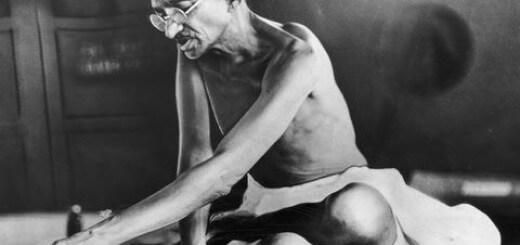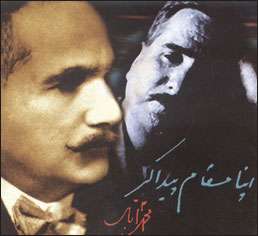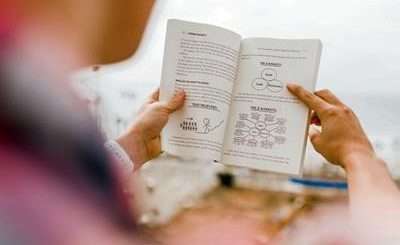Bangladesh: Democracy On The Move – By Fuad Chowdhury
A powerful and popular youth uprising in 1990, similar to the recent events in Egypt, Bangladesh achieved a democratic government from the President General Ershad, who had come to power after the assassination of President General Ziaur Rahman on 1981. General Ziaur Rhaman, had entered the political arena after the brutal killing of Bangabandu Sheikh Mujibur Rahman, the father of the nation. Rhaman’s family and closes relatives were hunted down in different parts of Dhaka City and killed on the night of 15th August 1975 by a group of right-wing soldiers belonging to the Bangladesh army. Nur Chowdhury, one of the convicted killers of the president Mujibur Rahman, now lives in Etobicoke, Ontario. His refugee claims has been denied but still Canada will not deport him because he faces execution in Bangladesh and this has created frustration among Bangladeshis living in Canada and abroad.
Army generals ruled the country from 1975 until 1990, during which several secret trials took place, which victimized the army and civilians, drugs and religious militancy were rampant in society. Many indigenous people, who were non-Muslim in the Chittagong Hill Tracts, bordering Myanmar and India, lost their lives and property to militant groups backed by army during this time.
Since the powerful movement of 1990, there has been a change in the political environment of the country that has empowered civil society and its leaders. The Army still remains a factor in the country’s governance and it did intervene at different periods of political unrest but was never able to take complete power. The Army handled election and post-election attacks on minorities but serious tensions were created during the Bangladesh Rifle’s (BDR) mutiny, where the BDR massacred 57 army commanders at its headquarters. Similarly the Rapid Action Battalion (RAB) formed out of the army and paramilitary forces is the death squad and is engaged in extrajudicial killings of hundreds of people in the country. The civilian government has had very little control to bring them to justice. So Bangladesh thrives in this dichotomy.
In the past 20 years, during democratic governance, more than two million women have joined the garment industry – which is the major earner for the country and readymade garment export reached about $ 17 billion per year. These and many other workingwomen live independently in cities around the factories and support their extended families. This has changed housing pattern in the communities. A liberal political environment has been created where the Prime Minister, leader of the opposition, and several important ministries such as the Ministry of Foreign Affairs, Ministry of Home, Ministry of Agriculture, and Ministry of Labour and Employment are headed by women in a pre-dominantly Muslim society. It is interesting that none of these women politicians wear the much-prescribed hijab. However, this liberal picture is not true for rest of the country. A recent national survey shows that there is higher poverty among women; more than 49% of the women are marginalized and live under the poverty line and about 47% women have experienced sexual abuse and/or gender violence in their lifetimes. The government’s recently drafted Gender Policy, placed in parliament has instigated huge political protests from varies religious parties calling it, “un-Islamic.” The proposed Gender Policy stated equal property rights for women in Bangladesh. Presently, the Prime Minister Sheikh Hasina supported by her party and women’s groups, has taken a strong stand and engaged in political dialogue to extend support for the proposed policy.
Canadian International Development Agency (CIDA) and other international donor agencies have been actively supporting human rights issues by funding both the government and NGO projects. It has empowered rural women and helped in reducing domestic and gender violence in general. On the other hand, in recent days, about 3000 of the NGOs have been banned by the government which were mostly funded by Middle Eastern countries. They are alleged to have faulty registrations and involvements with religious militant groups by the NGOs. Most of them were engaged in establishing religious schools for girls (madrashas), orphanages, mosques etc. in rural Bangladesh.
Bangladesh is geographically significant because it separates Eastern India from rest of the country. In the recent past, violent separatist movements in Eastern India that were led by the United Liberation Front of Assam (ULFA) and received support from China, used Bangladesh as a safe haven. This was especially the case during army rule and the elected BNP government. About three years ago, ten truckloads of sophisticated weapons were seized at a Bangladesh seaport, which were planned for shipments to the ULFA in Eastern India. At present, the Awami League government had a crackdown on ULFA and even under heavy security warnings from ULFA, handed over their leaders to Indian authorities. Awami League government seem to have better dialogue with India on regional issues. However, Bangladesh is faced with serious imbalances of trade with India. Also, trafficking of girl child and women is a big concern between the two countries, as hundreds of them have been trafficked to India for prostitution and cheap labour. Since the terrorist attacks in Mumbai, Indian Border Security Forces (BSF) has killed hundreds of Bangladeshis suspected of being illegal entry or smugglers on the India-Bangladesh border which has created tension between two countries. These issues have been strongly protested and placed by Bangladesh to Indian government. Democratic governances had given the country a stronger positing to dialogue both in national and international arena.













